20+ SAMPLE Business Statement
-
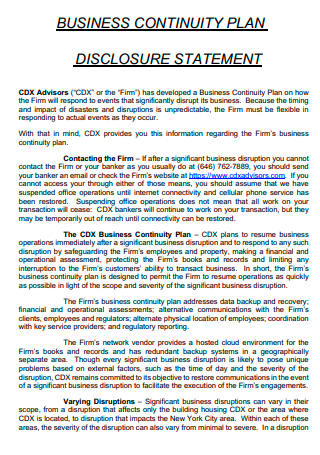
Business Continuity Plan Disclosure Statement
download now -
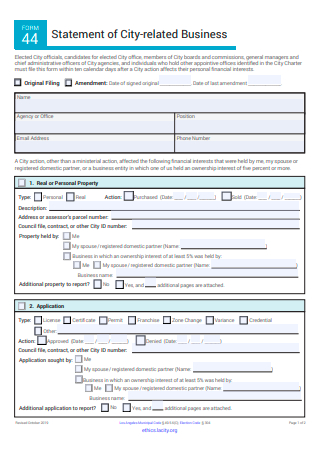
Basic Business Statement
download now -
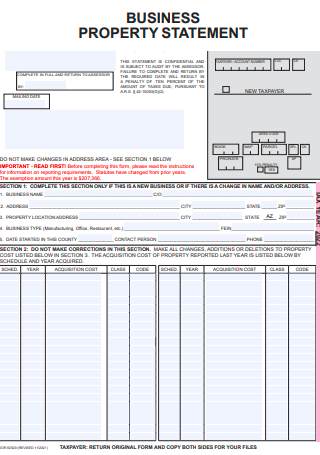
Business Property Statement
download now -
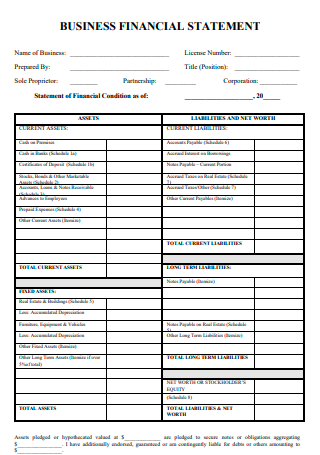
Business Financial Statement
download now -
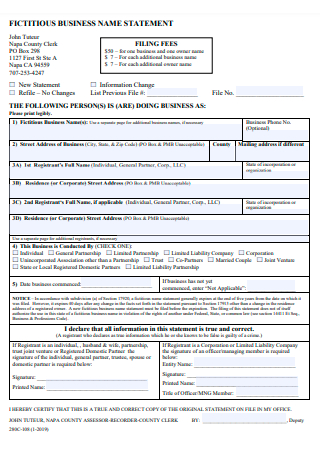
Fictitious Business Name Statement
download now -

Business Ethics Statement
download now -

Small Business Owner Eligibility Statement
download now -
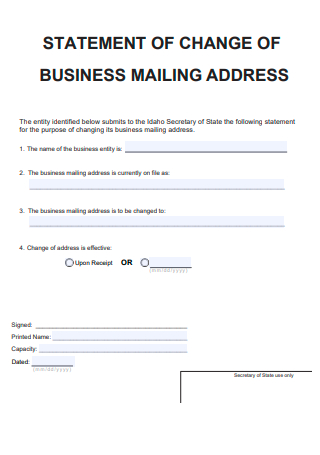
Change of Business Mailing Address Statement
download now -

Motor Vehicle Business Facilities Statement
download now -
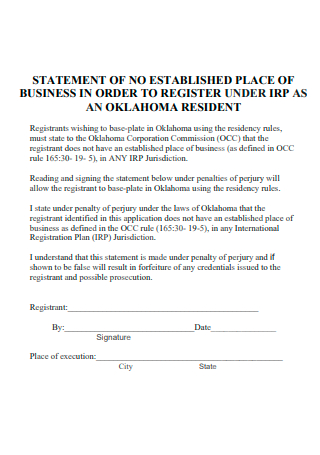
Business Statement Example
download now -

New Business Certification Statement
download now -
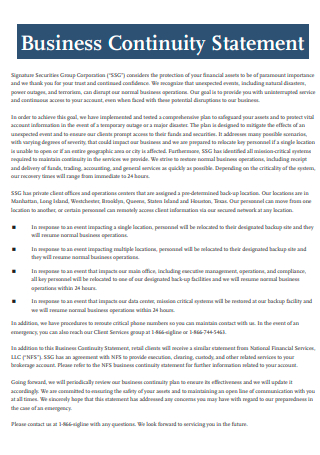
Business Continuity Statement
download now -
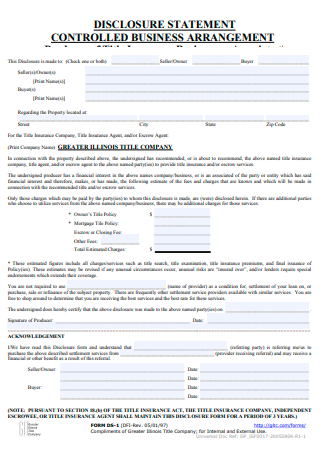
Business Arrangement Disclosure Statement
download now -
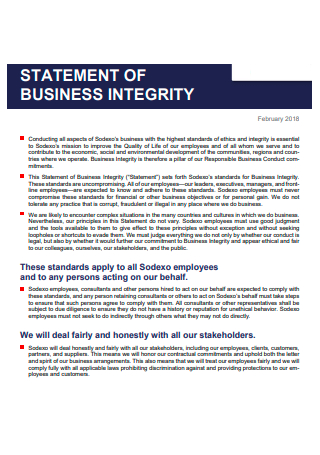
Business Integrity Statement
download now -
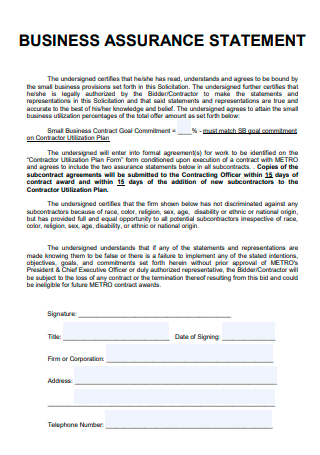
Business Assurance Statement
download now -
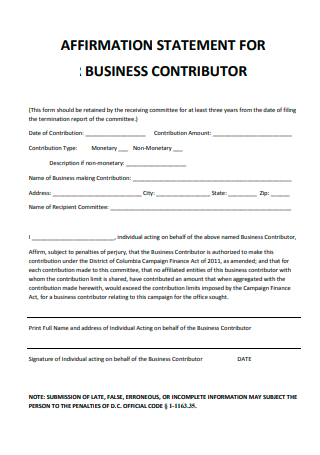
Business Contributor Affirmation Statement
download now -
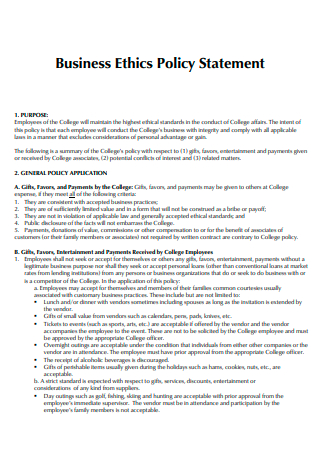
Business Ethics Policy Statement
download now -
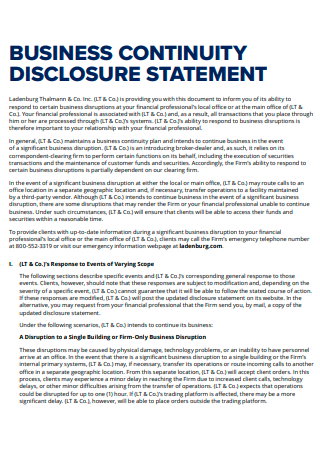
Business Continuity Disclosure Statement
download now -
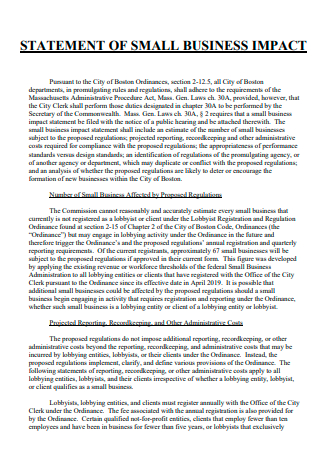
Small Business Impact Statement
download now -
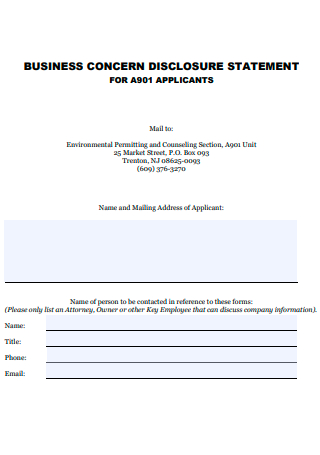
Business Concern Disclosure Statement
download now -
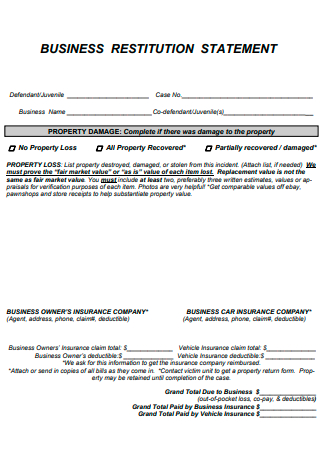
Business Restitution Statement
download now
FREE Business Statement s to Download
20+ SAMPLE Business Statement
What Is a Business Statement?
Components of an Effective Business Statement
Characteristics of an Effective Business Statement
How To Develop and Write a Motivational Business Statement
FAQs
What makes a good business statement?
What is a business financial statement?
What is a business purpose statement example?
What Is a Business Statement?
A business statement is commonly known as a mission statement or a company statement. Companies use the statement to explain, clearly and concisely, the purpose of its being. The statement is also generally short, consisting of a single sentence or a short paragraph. Business statements are a double purpose statement to help employees focus on the tasks at hand and encourage them to innovate and develop methods and techniques to increase efficiency and productivity towards achieving organizational goals. The statement also defines the culture, ethics, company agenda, fundamental goals, and core values of the business. It also describes how each of the factors applies to its employees, distributors, suppliers, shareholders, and the entirety of its community. The business statement also reveals what the company does or offers to the market, how it does it, and why it does it. Other business owners also look at another company’s business statement to see if their values align with one another. A business statement is not just for large corporations. Successful individuals, business owners, professionals, and investors take the time to craft personal mission statements and incorporate financial, relational, professional, and spiritual aspects of life for them to maintain a healthy work-life balance to increase their productivity and personal achievements in all these areas.
According to an article from Forbes, having a mission helps drive employees to be better and improves their engagement with the company and one another. Mission-driven workers have a 54 percent chance of staying with the company for longer, with 30 percent of them moving forward to become high performers.
Components of an Effective Business Statement
The business statement of companies differs from one another to show their uniqueness to their market and their business competitors. These statements vary depending on their content, length, format, and specifications. The business statement of an organization is one of its most noticeable and powerful messages that makes up the entirety of the company. A good business or mission statement has the following elements below. The section covers the different components and descriptions that help understand each one.
Characteristics of an Effective Business Statement
For a business statement to deliver its message to its employees, stakeholders, and customers, there are elements or characteristics that it must manifest. There are various attributes that a business statement must have to show its message clearly and effectively. The section below identifies and details the characteristics a business statement must possess.
How To Develop and Write a Motivational Business Statement
Developing a business statement or revising one is an opportunity to define and set the goals, culture, ethics, values, and norms of an organization when it comes to making decisions. The daily routine and operations of businesses cause employees and managers alike to forget the mission of the organization. A quick refreshment helps everyone to stop for a second and reassess the purpose of the organization that they need to fulfill. The section below covers the different steps that an organization takes to develop and write a motivational business statement.
Step 1: Begin with a Market-Defining Story
A good market-defining story determines the need, want, or reason behind starting up the organization. It also helps to define the target customer or buyer persona of the organization. The story also helps to classify how the business is unique from its competitors. It also allows the market to know what the business can and cannot perform. A concrete story helps customers understand why the organization came into existence. The market-defining story is an element that the organization must keep in mind when structuring a business statement.
Step 2: Define What the Business Offers Its Customers
Begin the mission statement by indicating what the business does best. Utilize the market-defining story to identify what makes the company special and unique for the target audience. Always remember not to undervalue or underestimate the products and services of an organization. Offering trustworthy products and services narrows it down for audiences. This is a crucial part of the business statement. If the business sees that its products and services have a positive impact or effect on the world, write it down. The claims of the company about being a positive asset to the world need to be meaningful and unique from other competitors.
Step 3: Define What the Business Does for Its Employees
Good businesses must be good to their employees. Keeping efficient and skilled employees is better for the company instead of having a high turnover rate. The culture and core values of a company matter in the long run. Recognizing and rewarding high-performing employees serve as a motivating action for the rest of the teams. A mission statement defines what the company offers its employees. Qualities like respect, creativity, diversity, fairness, tools, training, and empowerment matter since businesses prioritize these qualities, making business goals more concrete and specific. It is advantageous for employees to take the business statement to heart and implement them in their daily tasks and activities. However, it is difficult to be fully unique. Start with talking about fair compensation, room for growth and improvement, training programs, creative work environments, and room for diversity. The business statement serves as leverage for self-enforcement at all levels of the organization.
Step 4: Indicate How the Business Helps Its Owners
The purpose of having a mission statement for a business owner is to also create a profit and increase the value of the stock. May business owners regard creating a business to enhance their financial positions. However, there are still individuals who think that share value and return of investments are necessary. There are only several business statements that emphasize what the business can do for its owners, like having peace of mind through a positive stream of cash flow for the organization. These situations are understandable since most mission statements have the aim of pleasing their customers first and employees before business owners. Still, there are business statements that incorporate the benefits of business ownership.
Step 5: Discuss, Digest, Review, Edit, and Revise
Finally, good business statements serve multiple purposes, define business objectives, and are active for the longest time, so it is ideal to edit them as necessary. Develop a full-functioning business statement for the organization’s internal use, using a customer-centric approach for general publication. A part of the reason why audiences have a difficult time understanding the mission of a business is that it comes together with the vision statement without any segments or divisions. Make sure to make the mission statement work for the organization. As much as possible, do not use general terms like world-class, one of a kind, good customer service, etc. Research the business statements of competitors for inspiration and develop a statement that speaks for the company, something that the owner, its employees, stakeholders, and customers believe. Make sure to ask for advice for the draft and edit the statement as necessary. Review and revise as necessary; change is constant in a developing business.
FAQs
What makes a good business statement?
Many business statements that are effective in different industries are clear and concise. Focusing mainly on what the organization can do for its customers while employees concentrate on the tasks at hand.
What is a business financial statement?
Business financial statements are business documents that demonstrate the financial status and health of an organization for a specific reporting period.
What is a business purpose statement example?
By definition, a purpose statement determines the why of a business. For example, an organization that focuses on providing tutorial services to students has a purpose statement that indicates that they do so to encourage the passion for learning.
Developing a business statement for the organization starts by determining the purpose of creating the business in the first place. When a business owner is set to provide quality products and services to its target customers while ensuring that their employees have room for growth and are working in a positive workplace, then the business statement must demonstrate all of that. When writing the business statement, guarantee that all individuals that share involvement with the organization are on the same page, taking the mission to heart. Create a business statement according to the needs of the organization and its stakeholders by downloading the sample templates in the article above, all from Sample.net.
